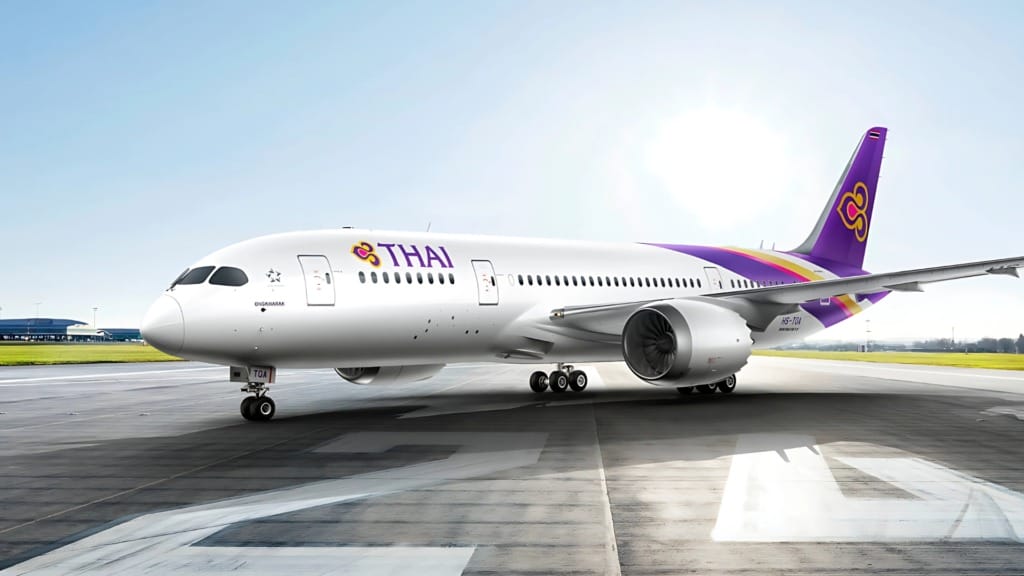Southeast Asia is undergoing a rapid digital transformation as enterprises increase their investments in cloud computing, artificial intelligence (AI), and automation. This shift is reshaping business operations across various industries, including logistics, healthcare, education, and financial services.
IDC estimates that by 2027, three-quarters of AI workloads will run on hybrid infrastructures, combining on-premise systems with public and private cloud platforms. These hybrid models offer flexibility but also introduce new pressures on network infrastructure. Enterprises are now expected to deliver performance, agility, and resilience at scale.
Traditional networking models built around static configurations and isolated tools are increasingly seen as a limiting factor. Many organisations find that these systems cannot support the speed, complexity, or volume of AI-enabled processes. In response, a growing number of enterprises in Southeast Asia are shifting to AI-native, self-driving networks that offer automation, real-time insights, and operational intelligence.
Legacy infrastructure is limiting AI adoption and innovation
Many organisations in Southeast Asia still depend on legacy infrastructure that was not designed for the demands of AI or cloud-based environments. These older systems often rely on manual processes and fragmented tools, making it difficult to scale operations or adapt quickly to changes.

This creates a mismatch between digital ambition and technical capability. As enterprises expand their use of AI applications across hybrid environments, they face bottlenecks in data handling, latency, and resource allocation. Static network configurations struggle to manage the high-volume, low-latency requirements of modern workloads.
The problem is particularly visible in industries that rely on real-time data flows. In sectors such as finance and healthcare, even brief delays or performance issues can have significant business implications. Across the region, the physical limits of existing infrastructure, such as ageing data centres or constrained energy supply, are also becoming more pronounced.
Manual troubleshooting further adds to operational risk. Without intelligent monitoring or predictive diagnostics, IT teams are left responding to incidents after they occur. This reactive approach limits innovation and drains internal resources.
AI-native networks offer a strategic response to complexity
To overcome these limitations, enterprises are turning to AI-native networking models that prioritise automation, adaptability, and intelligence. These networks are built to continuously learn from real-time data and make decisions without human intervention.

According to Sui Jin Foong, Systems Engineering Director for ASEAN and Taiwan at Juniper Networks, “CIOs are increasingly framing autonomous networking as a business imperative rather than a technology upgrade.” The shift is being driven by the need to operate at scale, ensure service continuity, and meet rising user expectations with fewer resources.
AI-native networks are designed to optimise performance in complex environments. They utilise real-time telemetry to identify issues promptly, automate responses, and minimise operational overhead. Instead of relying on static rules or manual configurations, these networks dynamically adapt to changing conditions and workloads.
Organisations that adopt these models report significant gains in deployment speed, network uptime, and service quality. AI-native infrastructure also enables IT teams to shift their focus from maintenance to innovation, thereby enhancing their ability to deliver new digital experiences and respond to market demands.
This transition reflects a broader trend. As digital transformation accelerates, enterprises are moving beyond incremental improvements to rethinking how network infrastructure can enable long-term growth and resilience.
Data quality and visibility are critical for autonomous decision-making
The effectiveness of AI-native networks depends heavily on the quality of data they ingest. To function autonomously, networks must have access to accurate, contextualised, and real-time telemetry across all layers of the environment.
In traditional networks, monitoring is often limited to general metrics, such as device uptime or bandwidth usage. While useful, these indicators do not offer the visibility needed to understand how users are actually experiencing the network. As a result, issues may go undetected until they impact performance.

AI-native architectures rely on detailed data that tracks user behaviour, device performance, application traffic, and security anomalies. This granular visibility allows the network to detect patterns, identify root causes, and resolve potential issues before they escalate.
Sui Jin noted, “Without high-quality data, AI generates incomplete insights and produces unreliable outcomes.” In contrast, when networks are equipped with user-centric telemetry, they can make decisions that enhance performance, reduce downtime, and support better overall service delivery.
Beyond technical operations, this level of visibility also supports strategic business needs. Enterprises can use network data to inform compliance initiatives, optimise customer experiences, and anticipate infrastructure demands.
Operational efficiency and talent strategy go hand in hand
As organisations modernise their networks, they are also rethinking how IT teams work. In many Southeast Asian markets, a shortage of skilled infrastructure professionals has made it challenging to scale operations solely through headcount.
AI-native networks provide a practical solution by reducing the manual work required to keep systems running. Repetitive tasks such as firmware updates, traffic balancing, and fault diagnosis can be automated, allowing IT professionals to focus on higher-value activities.
This shift is not just about efficiency. It also supports talent development and retention. With less time spent on firefighting issues, teams can upskill in areas such as architecture planning, security management, and AI operations. Over time, this creates a more capable and motivated workforce.
Sui Jin explained that successful organisations “are taking a balanced approach” by pairing automation with continuous learning. Rather than displacing existing teams, AI-native systems enable them to evolve in line with the infrastructure they manage and support.
This approach also helps reduce burnout, a common issue in teams that are stretched by 24/7 service demands. By making operations more predictable and less reactive, organisations create a more sustainable working environment that supports long-term growth.
Momentum is growing across verticals and geographies
AI-native networking is gaining traction across a wide range of industries in Southeast Asia. Organisations in education, healthcare, finance, and aviation are adopting these technologies to improve service quality, reduce risk, and accelerate innovation.
In Singapore, St Luke’s ElderCare consolidated 17 IT systems into a single AI-native network that spans over 30 care centres. The upgrade improved operational efficiency for 800 staff members and enhanced care delivery for 15,000 patients.
James Cook University Singapore implemented an AI-native campus network to support more than 3,200 devices. Firmware updates now take under a minute, and troubleshooting is significantly faster, allowing IT teams to spend more time supporting academic needs.
Malaysia’s PayNet, which processes over MYR 1 trillion in transactions annually, has adopted an AI-native infrastructure to enhance reliability and ensure regulatory compliance. The network has helped reduce the helpdesk load and enables faster root cause identification through remote diagnostics.

In Thailand, Thai Airways upgraded its headquarters with Wi-Fi 6E, Wi-Fi Assurance, and natural language troubleshooting tools. The modernised setup has led to fewer service tickets and improved IT efficiency while also aligning with the airline’s sustainability goals by reducing its data centre footprint.
These examples reflect a broader regional trend. Singapore and Malaysia lead in adoption due to their more mature cloud ecosystems and regulatory support. However, emerging markets like Indonesia and Vietnam are quickly catching up as infrastructure investments grow and demand for digital services accelerates.
Across the region, AI-native networking is no longer viewed as a future concept. It is becoming a foundational part of how enterprises build scalable, secure, and agile digital environments to compete in the years ahead.





